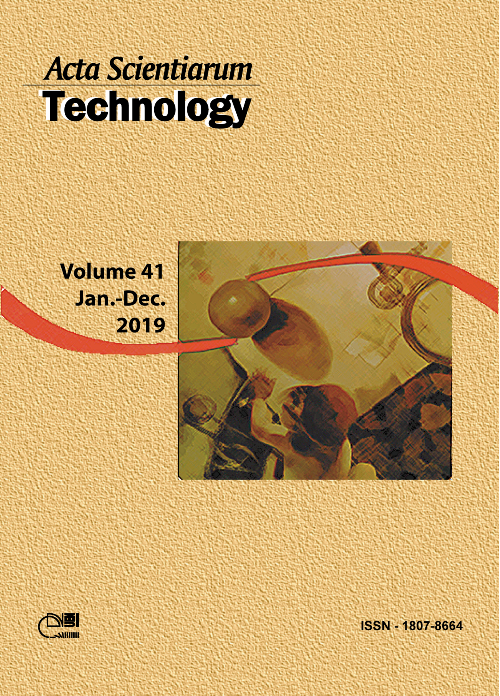The effect of axle load spectra from AASHTO method on flexible pavement performance
DOI:
https://doi.org/10.4025/actascitechnol.v41i1.35117Palavras-chave:
MEPDG, AASHTOware Pavement ME Design, Dados de Tráfego, Dimensionamento de PavimentoResumo
Â
 Currently, methods used for pavement design are empirical and based on experiments conducted in the 1960s. Due to the number of variables that can influence an empirical analysis, the National Cooperative Highway Research Program (NCHRP) proposed a mechanistic-empirical method. Based on this method, the MEPDG (Mechanistic-Empirical Pavement Design Guide) software was developed and later, its improved version, the AASHTO Ware Pavement ME Design. In both software versions, default values were developed from traffic data of the United States. However, characteristics of the Brazilian traffic are different from characteristics in the United States. Therefore, this study aimed to verify the effect on national pavement performance due to the use of the default axle load spectra that are available on both software versions. Thus, computer simulations were performed using Brazilian axle load spectra, based on data collected at the Imigrantes Highway in São Paulo, and using the default load spectra of the software. The results show that the Brazilian axle load spectra studied damages more the national pavement than the default spectra of the software. Therefore, it is not recommended the use of default spectra for designing Brazilian highways similar to the one studied, because this would lead to under-designed structures.
Â
Downloads
Downloads
Publicado
Como Citar
Edição
Seção
Licença
DECLARAÇíO DE ORIGINALIDADE E DIREITOS AUTORAIS
Declaro que o presente artigo é original, não tendo sido submetido í publicação em qualquer outro periódico nacional ou internacional, quer seja em parte ou em sua totalidade.
Os direitos autorais pertencem exclusivamente aos autores. Os direitos de licenciamento utilizados pelo periódico é a licença Creative Commons Attribution 4.0 (CC BY 4.0): são permitidos o compartilhamento (cópia e distribuição do material em qualqer meio ou formato) e adaptação (remix, transformação e criação de material a partir do conteúdo assim licenciado para quaisquer fins, inclusive comerciais.
Recomenda-se a leitura desse link para maiores informações sobre o tema: fornecimento de créditos e referências de forma correta, entre outros detalhes cruciais para uso adequado do material licenciado.















